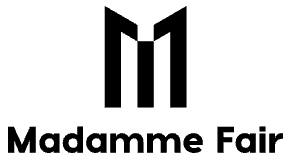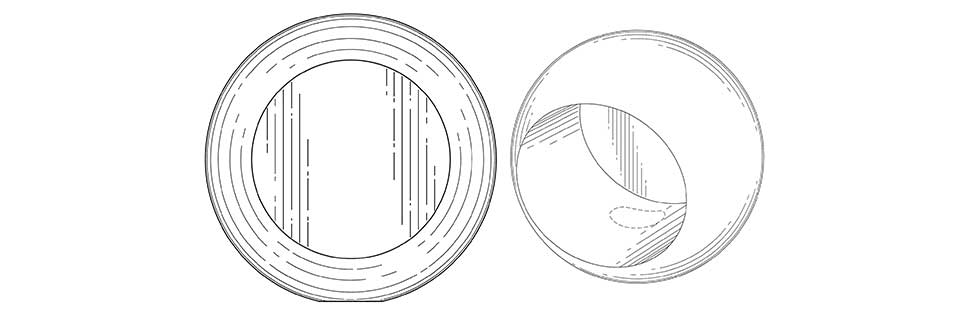Design patent search hong kong https://www.accoladeip.com/us/en/trademark-search/ are a quick, relatively inexpensive form of protection that can prevent competitors from making products that look like your patented invention. They are typically more limited in scope than utility patents, but they can be very useful if your product has an innovative appearance that you would like to protect.
Definition
A design patent is a type of intellectual property (IP) protection that protects the appearance of an invention or product. Its scope is much narrower than that of a utility patent and has a shorter lifespan than its counterpart.
It can be used to safeguard a product’s innovative look, which may often be as important to your customers as its functionality. In the United States, a design patent lasts for 15 years from the date of its issue, compared to 20 years for a utility patent.
To obtain design patent protection, you must file an application with the USPTO. It is best to work with a patent attorney or agent who has experience in this field. They will be able to help you secure the maximum design patent protection for your design. They will also be able to guide you through the process.
Purpose
Design patent search hong kong are a relatively new type of intellectual property protection and have become increasingly popular. They can be used to protect new, innovative designs in computer equipment and peripherals.
Unlike utility patents, design patents cover the appearance of a product rather than its functional or structural features. Inventors should consult with an Orange County patent lawyer who has experience handling design patents to ensure their inventions are properly protected.
A design patent application must include a title, abstract or “preamble”, and drawings. These drawings should contain surface shading, which can help the examiner understand the contours of the design. They should also include broken lines, which can help the examiner define the boundaries of the design.
Claims
Design patents only protect ornamental designs. The invention must be new and not obvious compared to earlier design inventions in the industry (prior art).
Utility patents protect functional features of an object. They need more text than design patents do to make their claims.
In drafting a design application, it is very important to use high-quality drawings that show all of the contours and surfaces of your design. These drawings should have surface shading that shows the outlines of the object and broken lines that define the limits of your design.
The drawings should also be very clear and concise. Overly complex or detailed utility-style drawings can lead to rejections from the Patent Office during prosecution. These rejections are often costly and time consuming to address.
Filing
Unlike utility patents, which protect how your product works, design patents protect the appearance of your invention. This can help you prevent a competitor from copying your design and profiting off of it.
The filing process for a design patent is similar to that of a utility patent but with some differences. The first step is to submit a non-provisional application and pay the filing fee.
A design patent application includes drawings that show the invention in detail and very little text. These drawings must include the top, bottom, front, back and left views.
In addition, the drawing must also have appropriate surface shading to clearly show the character and contour of any three-dimensional aspects of the design. Solid black surface shading is not permitted except when used to show color contrast.
A design patent application must be submitted to the USPTO and undergo a thorough examination. This includes a comparison of the claimed subject matter with the “prior art.” The examiner may reject the application if the claim disclosure is incomplete or the drawing shows unpatentable features.
If you would want to learn more information about Accoladeip, visit our website.





